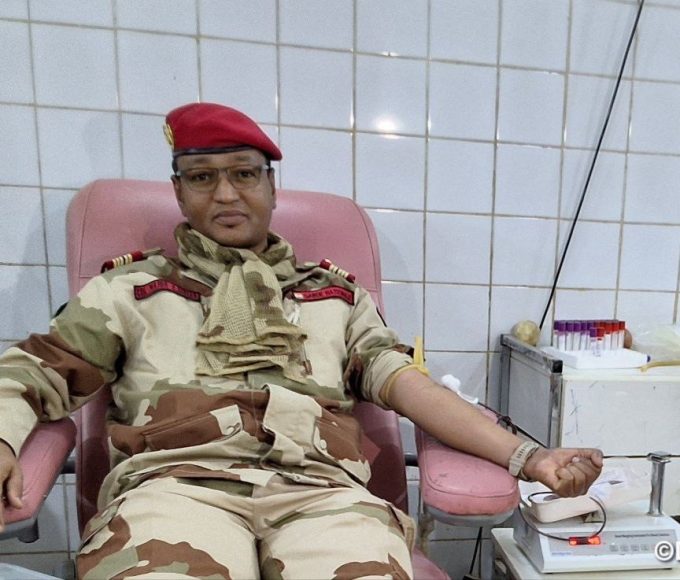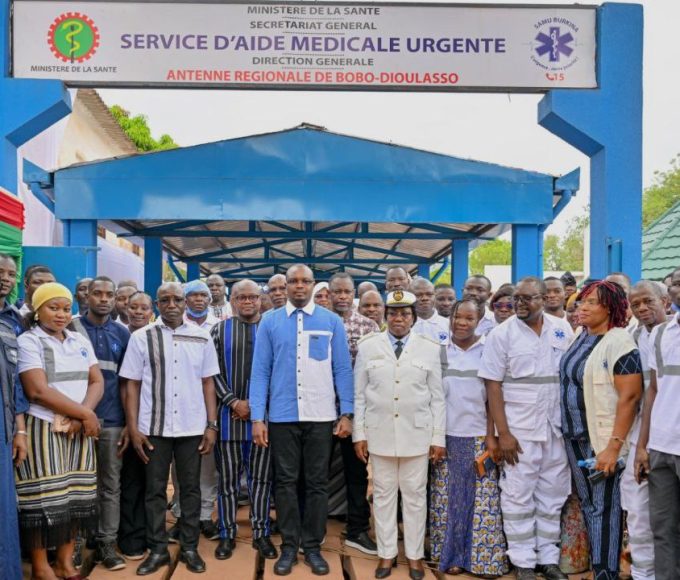
Voices from the Frontline: A British-Palestinian Doctor’s Perspective on Gaza Hospitals amid the Israel-Hamas Conflict

Addressing a press conference in London, the UK-based Surgeon revealed how the nature of the injuries he treated evolved over time.
“On my right, I saw a man in his mid-fifties with an amputation at the level of the mid-thigh.
“Like a guillotine amputation, there was blood spurting through the exposed arteries in his stump.
“I took his belt and tied it as a tourniquet… I moved on to another patient who had received a single (piece of) shrapnel to his neck, and blood was spurting out of the neck…”
This was a description by Ghassan Abu Sittah, a British-Palestinian doctor, concerning the events of the 17th of October when a missile landed at the premises of northern Gaza’s al Ahli hospital.
He recounted his own interventions while dispassionately describing the injuries he witnessed.
According to him, a majority of the first injuries were blasts, including severe soft tissue cuts and tears, severe face trauma, and several fractures.
As the period progressed, he stated that they experienced the advent of incendiary bombs, which burnt almost 40% of the victims’ whole body surface area.
He also acknowledged that during the 2009 Gaza conflict, he treated white phosphorus burns and that they were well familiar with the hurts and burns that they cause. He noted that Phosphorus burns directly down to the centre of the body and only ceases when there is no oxygen present, and that the victims would be puckered with burns that tore right into the ribs and bones.
Dr. Abu Sittah stated that he had to get into Gaza through Egypt’s border within moments that Hamas unleashed its savage assault on 7 October.
He predicted a “vicious response” from Israel to his statements in the news conference.
The surgeon maintained he worked at three northern Gaza hospitals and was in the operating room at the Church of England’s al Ahli hospital when the ballistic missile landed in mid-October.
The Israeli military has refuted deploying white phosphorus munitions against civilians in Gaza and southern Lebanon.
Israel has not signed an international treaty prohibiting their use.
Read: Hope on the Horizon: Malaria Vaccine to Reach Cameroon’s Population in 2024
About The Author
Related Articles
MLMs Like Neolife Face Rising Criticism in Nigeria Over Financial Losses, Psychological Stress, and ‘Brainwashing’ of Young People
Multi-level marketing (MLM) companies operating in Nigeria, including well-known names such as...
ByWest Africa WeeklyDecember 16, 2025Niger: National Guard Organizes Blood Donation Drive to Support Health Services
The National Guard of Niger (GNN) launched a major blood donation campaign...
ByWest Africa WeeklyNovember 13, 2025Mali: President Goïta Launches Landmark Hospital Development Programme
President Assimi Goïta has unveiled an ambitious national initiative to transform Mali’s...
ByWest Africa WeeklyNovember 12, 2025Burkina Faso Launches First Emergency Medical Service in Bobo-Dioulasso
Burkina Faso has officially launched its Emergency Medical Assistance Service (SAMU) in...
ByWest Africa WeeklyNovember 10, 2025












Leave a comment